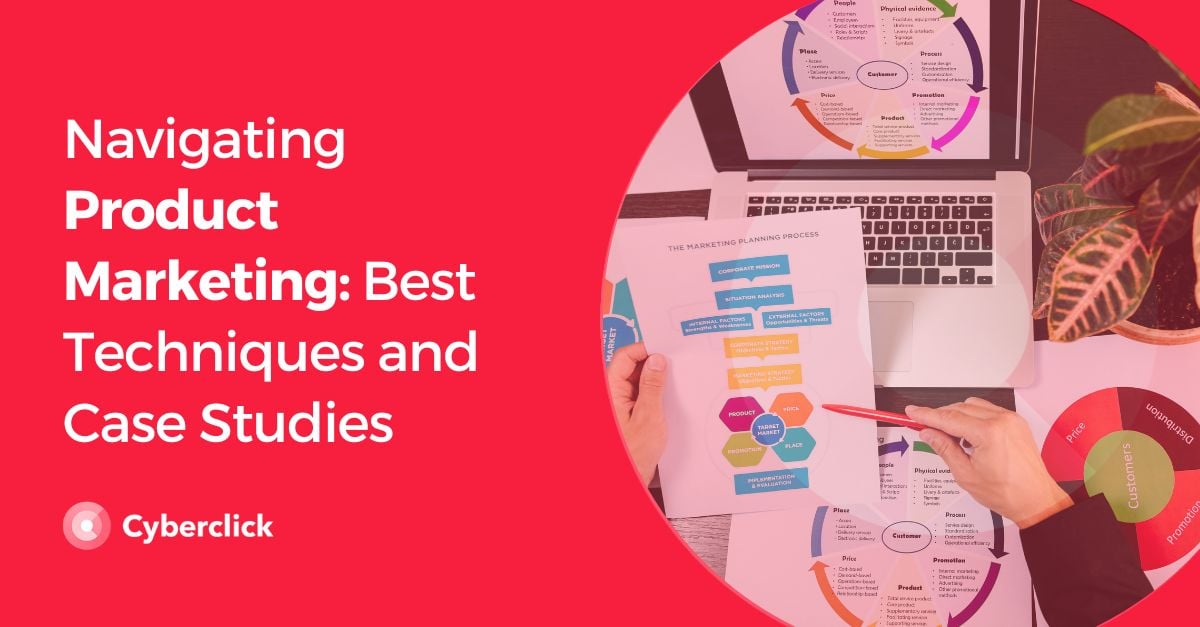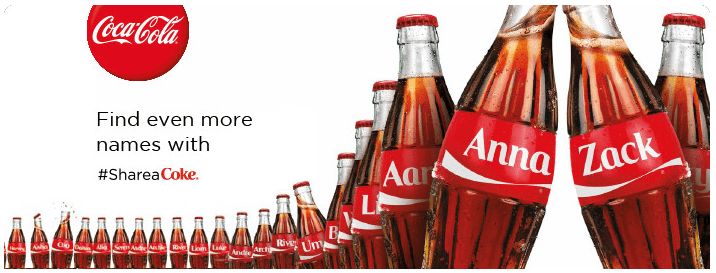Product marketing is an essential part of the success of a business. Unlike other marketing efforts that aim to generate leads and move them through the sales funnel, product marketing focuses on helping existing customers understand the product and its features and build relationships with them. In this article, we will delve deeper into the world of product marketing.

What Is Product Marketing?
Product marketing refers to the process of a successful product launch and market positioning. It involves doing thorough research to ensure that your product reaches the right audience. To do this you must understand the needs, preferences, habits, and behaviors of your target audience.
Throughout the product marketing process, it is important to understand the needs of your buyer persona throughout the customer journey, as well as things like their preferences, habits, and behavior.
Some key tasks of product marketing include competitive analysis, crafting compelling messages that connect with your target audience, and organizing demonstrations and testing.
Product Marketing Responsibilities
Product marketing professionals perform a blend of marketing, sales, and product management tasks. Their overall aim is to create demand for the product and reach consumers effectively. Some of the ways they do this are:
- Outlining the product launch strategy: This includes packaging, pricing, content, product name, offers, and campaigns.
- Supporting the sales team: Assisting the sales team in closing deals and boosting sales.
- Understanding the buyer persona: Evaluate content performance, communicate with current customers, and conduct market research to understand your target audience's needs.
- Identifying non-target audience: Recognize which individuals will not be interested in your product to optimize efforts and communication strategies.
- Sales Enablement: Provide the sales team with the information and tools they need to improve their performance and increase efficiency.
Step-By-Step Product Marketing
1. Clarify Your Target Audience
Like in any marketing strategy, in product marketing you should start by defining the target audience you want to focus on. Collecting quantitative and qualitative data on your ideal customer is essential to extract their needs, tastes, and pain points.
2. Analyze the Market
The market research you conduct will allow you to make better decisions. Conduct comprehensive primary and secondary research to make informed decisions based on customer needs and market behavior.
3. Position Your Product
You should already have enough information to create a sales proposal. Utilize this information to create a compelling sales proposal and position your product as the solution to your customer's problem.
4. Establish Goals
What is the goal of your product marketing? Set clear goals for the product marketing strategy, such as brand recognition, revenue, or customer retention, to guide the process effectively.
5. Define Prices
Carefully determine the product's pricing strategy, as it directly influences brand perception and audience targeting. This is one of the most important factors for the consumer, so consider this carefully.
6. Launch the Product
At this point, it is very important that the product marketing manager coordinates with the marketing team and that they are aligned in their strategy, as they will be in charge of the entire launch through events, activities, and media.
7. Promotion
What promotional techniques will you use to generate leads? How will you manage the sales funnel? It is time to make these decisions.
Examples of Famous Product Marketing
Coca-Cola
In 2014, the famous brand brought out the "Share a Coke" campaign that replaced the classic labels of the drink with ones that read "Share a Coke with...". The public rapidly bought up cans bearing their name or the names of friends and family and the company boosted sales, which had been flat for a decade.
The absolute success of this product marketing strategy has led to personalized labeling becoming a tradition that the company exploits every year.

Apple
The launch of the first iPhone in 2007 was one of Apple's most notable successes. The strategy began with Steve Jobs' speech at the opening ceremony of the McWorld event, which introduced the device as so much more than a phone. This was not the first Internet-enabled phone, the first touchscreen, or the first phone with a camera. However, convenience was the centerpiece of his pitch.
The launch was a great success and people even camped outside Apple stores to get their iPhones.
However, the most interesting thing about Jobs' speech was that it was aimed primarily at people who were already fans of the brand. As mentioned, one thing that characterizes product marketing is that it mainly focuses on audiences in the later stages of the sales funnel.
Meta
Meta is a major player when it comes to online marketing , but its platform can be daunting for small businesses with limited knowledge of digital marketing. The company launched Meta Blueprint, a set of free online courses, certifications, and training programs that help people get the most out of Meta's marketing functionalities.
This is a great example of how to correctly analyze the needs of your target audience and offer them a product (in this case, a service) that provides them with a solution.
Airbnb
Airbnb represents a clear example of how remarkable outcomes can be achieved when the product marketing team collaborates closely with data science.
Airbnb has revolutionized the way people travel. There has been a significant shift in how people travel since Airbnb's inception, with more travelers opting to stay in apartments or private homes instead of hotels.
Initially, Airbnb's app algorithm prioritized vacation rentals near city centers with good ratings. However, they realized that bookings in rural areas in the United States had increased by 110% in 2021 compared to 2019. In response to this insight, Airbnb adjusted its algorithm to give priority to regions that experienced a high volume of booking on the platform.
HubSpot
In its early days, HubSpot, a leading CRM platform, primarily relied on inbound marketing as its communication strategy. While the content provided was informative and detailed, it often covered broad industry concepts, leading to some confusion among the website's visitors about the company's specific offerings.
To address this, HubSpot adopted a product marketing strategy that complemented its existing content strategy. They introduced dedicated sections, like "Why Choose HubSpot?" that were directly related to the brand and its services. This shift allowed readers to understand how HubSpot’s offerings could effectively solve their problems and to find the specific information they were looking for.
Responsable de la estrategia de contenidos y visibilidad en Cyberclick, con enfoque Allbound y especialización en posicionamiento SEO, GEO y automatización con IA. Gestión avanzada del CRM con HubSpot: base de datos, workflows, lead nurturing, scoring y reporting. Experiencia en marketing digital, comunicación corporativa y periodismo, uniendo estrategia, creatividad y tecnología para captar y convertir leads cualificados.
Responsible for content and brand visibility strategy at Cyberclick, with an Allbound approach and specialization in SEO, GEO (Generative Engine Optimization), and AI-powered automation. Advanced HubSpot CRM management: database segmentation, workflows, lead nurturing, scoring, and reporting. Background in digital marketing, corporate communications, and journalism—combining strategy, creativity, and technology to attract and convert qualified leads.






Leave your comment and join the conversation